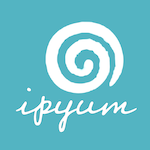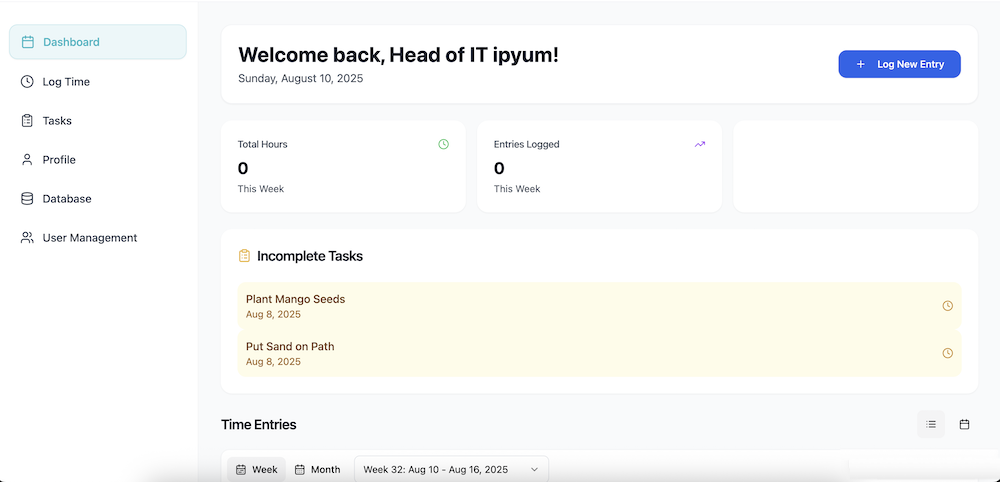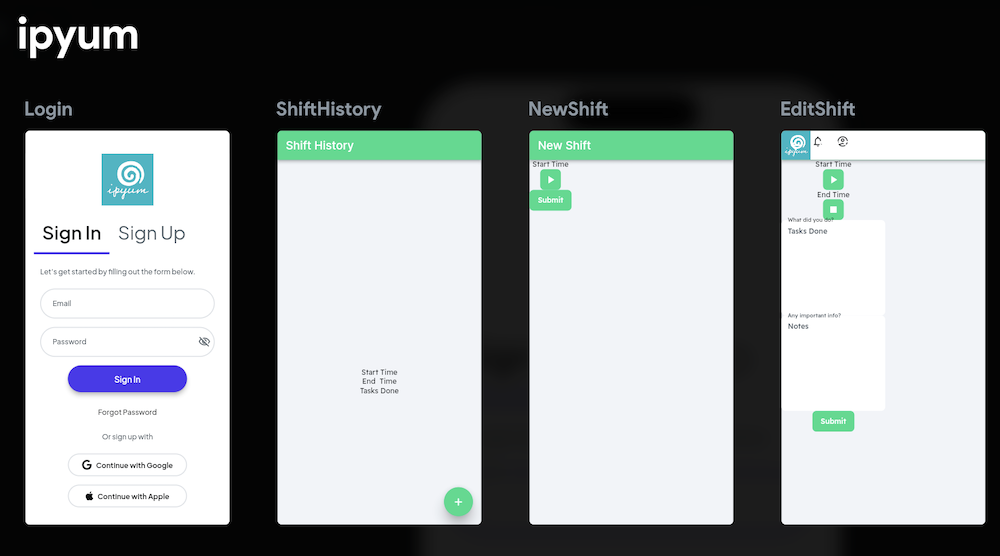Vibe Coding @ ipyum
Success with Base44 vibe coding approach
Frustration with FlutterFlow/Supabase No-code approach
Most people don’t know what “vibe coding” is yet — or that it’s one of the biggest trends in AI and tech right now. In short, it’s building software almost entirely by describing what you want to an AI, letting it do the heavy lifting while you guide the creative direction. As ipyum’s cofounder — and the guy responsible for all things IT — I decided to put this approach to the test.
At ipyum, we’re always looking for ways to make things — for guests, our team , or and our vendors — smoother, friendlier, and more personal. That’s why I set out to create our the ipyum App: one place where bookings, guest services, staff coordination, and supplier communication can live together. My first attempt with Lovable/Supabase a few weeks ago didn’t go far. Yesterday, with the release of ChatGPT-5, I tried again using a platform called FlutterFlow combined with Supabase. After six or seven hours of building, adjusting, and wrestling with the tools, the design was aweful and the basic features didn’t work — even with GPT-5’s help. It wasn’t the foundation I wanted for something as important as your ipyum experience.
Last night, after running out of patience and hope, I decided on a whim to try another platform — Base44. The difference was immediate. Instead of fighting against the tools, I was flowing with them. Every idea, every feature I imagined, could be added without the system breaking or slowing me down. What started as “just testing it out” turned into an all-night build session that lasted until sunrise. It’s been decades since I stayed up all night for anything other than travel — and watching the moon give way to dawn as I vibe coded felt like a good omen.
In a single night, using nothing but verbal design prompts I built a working, visually polished, and fully functional core for the ipyum App: profiles with smart photo controls, secure password management, role-based admin tools, time tracking with live task management, and even a bilingual interface. Instead of cutting corners, I was adding thoughtful touches that will make a real difference for everyone at ipyum — from smooth photo uploads to online task management for our staff. We’re still refining the app, and we have a few months before we open and put it in our guest’s hands, but this shift from struggle to creative momentum reminded me why we build things ourselves: so that every interaction with ipyum — digital or in person — reflects the same care, beauty, and seamless experience we had hoped to give our guests in Raja Ampat. Soon, the ipyum App will be part of our daily flow and a big value add for guests and everyone else working with ipyum.


